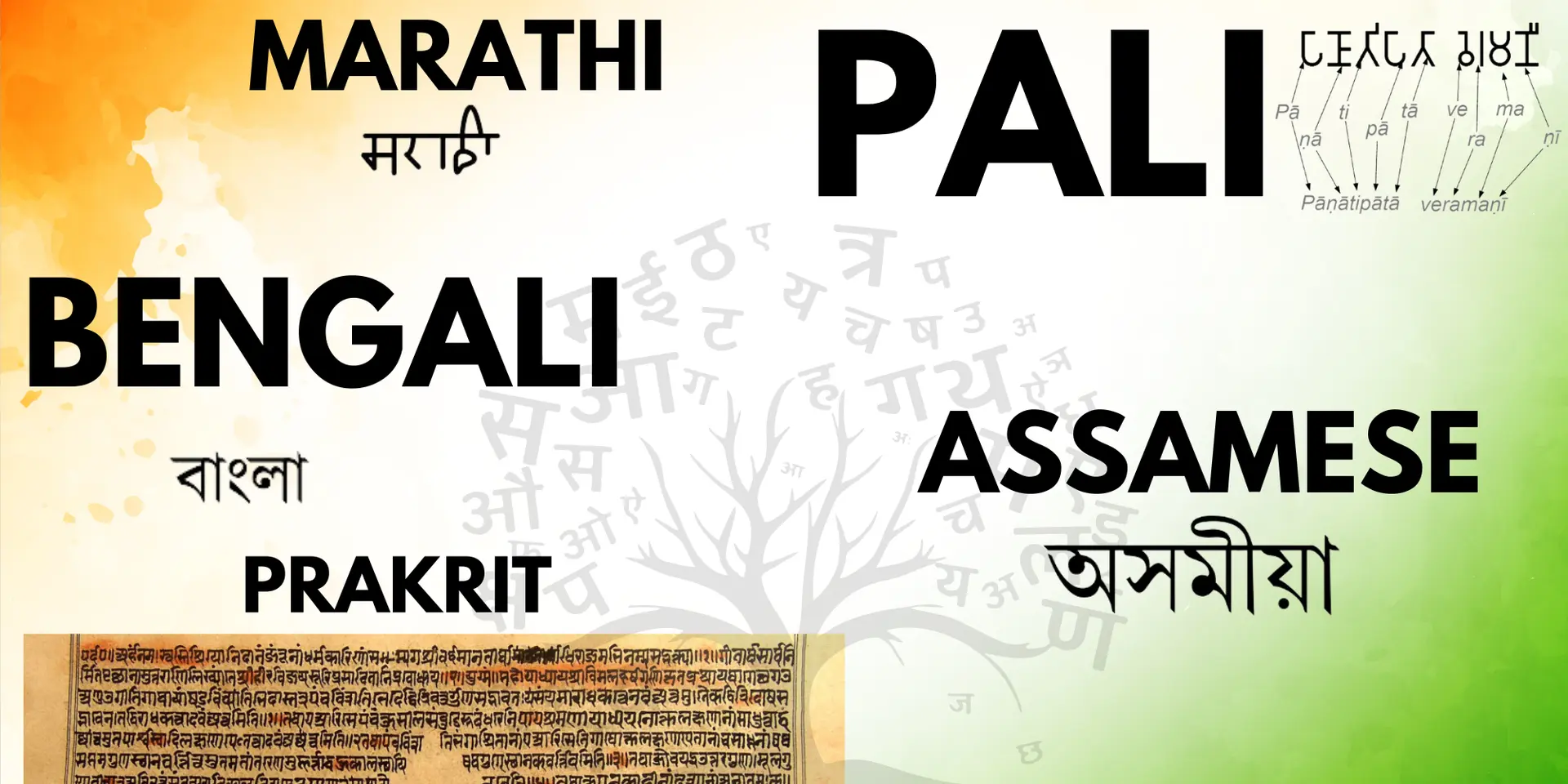Why Marathi, Bengali, Assamese, and Pali Are Now India's Classical Languages in 2024
Classical Language status for Marathi, Pali, Prakrit, Assamese, and Bengali will ensure the preservation of their rich heritage, stimulate cultural pride, and generate jobs in research, translation, and digital archiving, while boosting tourism and educational pursuits.
The Ministry of Culture, India, has taken a landmark decision to grant Classical Language status to five significant languages—Marathi, Pali, Prakrit, Assamese, and Bengali. This move is a part of the government’s ongoing efforts to preserve and promote India’s rich linguistic and cultural heritage. The decision builds on the existing framework of Classical Language status, initially introduced in 2004, to recognise languages with a deep historical and cultural significance.
Criteria for Classical Language Status: A Revised Framework
The government first introduced the concept of "Classical Languages" on October 12, 2004, by conferring this status to Tamil. Over the years, the criteria for recognising a language as classical have evolved. The current framework, as revised in 2024 by the Linguistic Experts Committee (LEC) under Sahitya Akademi, emphasises four key factors:
- High Antiquity: The language must have recorded history and ancient texts that span over 1,500 to 2,000 years.
- Valuable Heritage: The language should have a body of ancient literature that is regarded as a valuable cultural heritage by generations of its speakers.
- Original Literary Tradition: The language must have an original literary tradition, distinct from other speech communities.
- Distinct Classical Form: The classical form of the language may be different from its modern version, with a potential gap in continuity.
Languages Recognised as Classical So Far
Prior to this decision, six languages had already received the prestigious Classical Language status:
- Tamil (2004)
- Sanskrit (2005)
- Telugu (2008)
- Kannada (2008)
- Malayalam (2013)
- Odia (2014)
Now, with the inclusion of Marathi, Pali, Prakrit, Assamese, and Bengali, the list is growing, recognizing the profound historical and cultural contributions of these languages.
A Decade-Long Process
The journey to recognise these five languages as classical has been years in the making. A proposal for Marathi was submitted by the Maharashtra Government in 2013, with the Linguistic Experts Committee endorsing its classical status. However, the final decision was delayed due to ongoing consultations and criteria revisions. During this time, proposals from Bihar, Assam, and West Bengal also surfaced, requesting classical status for Pali, Prakrit, Assamese, and Bengali. In July 2024, the LEC unanimously recommended granting classical status to all five languages.
Benefits of Conferring Classical Language Status
Conferring the Classical Language status is more than just a symbolic gesture—it has tangible benefits that can foster academic research, cultural preservation, and employment opportunities. Here’s how the recognition of these languages will impact various sectors:
- Promotion of Linguistic Heritage: Classical status will raise awareness and appreciation of the language’s historical contributions. It will also bolster the linguistic identity of speakers, encouraging pride in their cultural heritage.
- Preservation of Ancient Texts: The designation ensures that ancient literary works, manuscripts, and epigraphs are conserved and digitised for future generations of scholars.
- Academic and Research Opportunities: Universities and research institutions will introduce specialised courses in these languages, increasing demand for scholars, researchers, and educators. Additionally, scholars can access scholarships to pursue higher studies in classical languages.
- Cultural Tourism: The recognition of classical languages often brings increased attention to historical monuments, libraries, and cultural centers associated with these languages, potentially boosting tourism.
- Employment Generation: New employment opportunities will emerge in language research, manuscript preservation, and linguistic studies. Digital archiving and translation of ancient texts will create jobs for translators, editors, and IT professionals.
Implementation Strategy for Promoting Classical Languages
To ensure the successful promotion of these languages, the Ministry of Education has undertaken several initiatives. These include the establishment of three Central Universities dedicated to Sanskrit and the creation of the Central Institute of Classical Tamil, which supports the translation and study of ancient Tamil texts. Similarly, Centers of Excellence for Classical Kannada, Telugu, Malayalam, and Odia were established to further research and academic endeavors.
These initiatives, along with national and international awards for achievements in Classical Languages, play a vital role in encouraging scholarly and cultural engagement. The government’s efforts also include the establishment of language Chairs at universities and various centers for the promotion of Classical Languages across the country.
Cultural and Economic Impact
The conferral of Classical Language status not only enriches cultural identity but also creates significant economic opportunities. Dedicated institutions for research and preservation will need experts in various fields, from linguistics to IT. The digitisation of ancient manuscripts, combined with the growing demand for translation, will open doors for tech professionals and language experts alike.
In the tourism sector, cultural heritage linked to these languages can attract visitors, enhancing local economies and providing jobs in event management, tourism, and hospitality. Additionally, the promotion of these languages will encourage the preservation of traditional arts, rituals, and festivals, offering further avenues for cultural practitioners and event organisers.
The conferring of Classical Language status to Marathi, Pali, Prakrit, Assamese, and Bengali marks a significant step in recognising and preserving India’s linguistic diversity. This move not only enhances the academic and cultural value of these languages but also opens new employment opportunities and strengthens the nation’s cultural heritage for future generations. By fostering pride in their linguistic identities, speakers of these classical languages contribute to the rich mosaic of India's history and culture.







